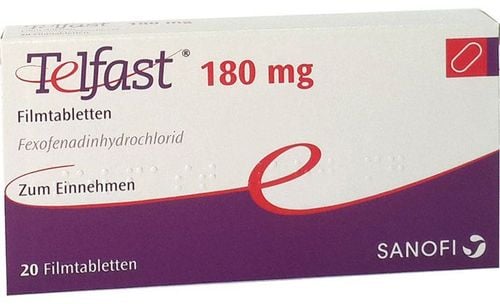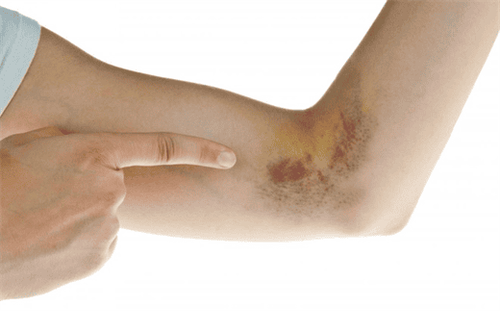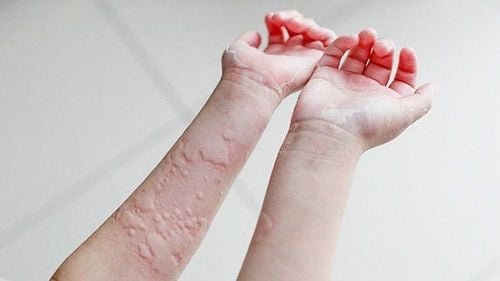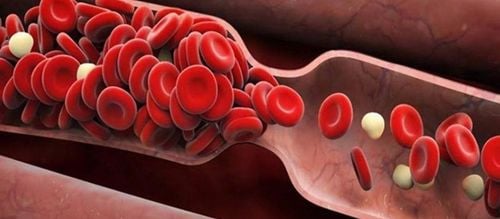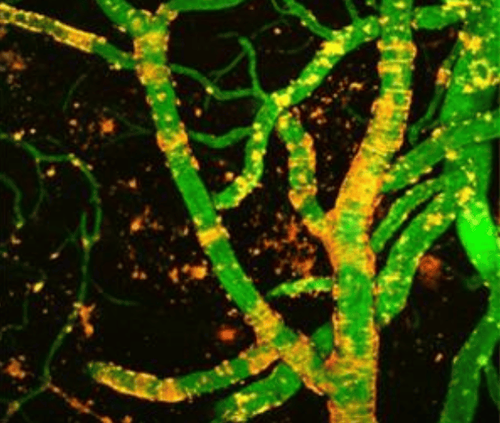This is an automatically translated article.
The article is professionally consulted by Master, Doctor Truong Thanh Tam - Pediatrician - Pediatrics - Neonatology Department, Vinmec Danang International General HospitalAllergic conjunctivitis in children is a rare autoimmune disease that often causes confusion for parents. In fact, allergic conjunctivitis in children can be completely prevented and reduced symptoms if detected early in medical facilities.
1. What is allergic conjunctivitis in children?
Allergic vasculitis has been identified as the most common acute secondary allergic disease causing systemic vasculitis in children. Although the exact cause has not been found, it is often seen after an episode of respiratory infection.
The pathogenic mechanism studied is due to the immune reaction between antigens and antibodies on the vascular endothelium, releasing chemical mediators that are deposited in the mucosal layers of capillaries, causing damage and increased capillary wall permeability with characteristic clinical manifestations of bleeding.
Allergic conjunctivitis occurs most often in young people under 16 years of age with 75% of cases. The incidence of the disease in boys is 2 times higher than in girls and is common in the spring.
Is allergic conjunctivitis hereditary? There is currently no evidence of a relationship between genetics and allergic conjunctivitis in children whose causes are related to atopic dermatitis, changes in weather, or eating foreign foods. In addition, the cause of the disease can also come from infection with some of the following strains of bacteria or viruses: group A streptococcus, Mycoplasma, Varicella virus or Cytomegalovirus,...
2. Symptoms of allergic conjunctivitis
Symptoms of allergic conjunctivitis will manifest as diffuse damage to the microvascular system in various organs of the body depending on the stage of the disease. However, the most common symptoms are in 4 organs: skin, joints, digestive tract and kidneys. The specific symptoms of the disease are as follows: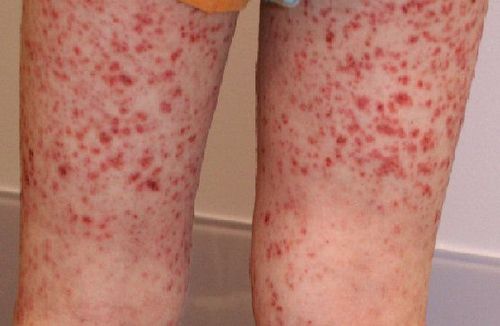
3. How to prevent allergic conjunctivitis in children?
As mentioned, the cause of allergic conjunctivitis has not been confirmed specifically, so the prevention of allergic capillaritis in children is mainly according to the following methods:
Children need to have a good resistance to prevention. against infectious diseases, because allergic capillary inflammation often occurs after episodes of bacterial infection. Improve resistance by feeding children a nutritious diet, regular exercise to improve health; When children show signs of infection, they should immediately go to medical facilities for early and thorough treatment to avoid dangerous complications; When a child shows the first symptom of allergic conjunctivitis, which is purpura on the skin, it is necessary to take the child immediately to the hospital to determine the exact cause and treat it early.
Please dial HOTLINE for more information or register for an appointment HERE. Download MyVinmec app to make appointments faster and to manage your bookings easily.





